The Direct Anterior Approach is a surgical technique that allows Dr Kulisiewicz to perform Hip replacement surgery while preserving the muscles and tendons around the hip joint.
This technique has been performed around the world for over 50 years, and allows the trained surgeon to replace an arthritic hip joint with titanium and ceramic components, whilst being able to preserve the muscle and tendons around the hip.
Having a QUICKER RECOVERY and being a MUSCLE-SPARING surgery, means that the patient:
- has less risk of DVT’s, is less likely to require a urinary catheter, can mobilise earlier and less likely to get hip stiffness.
- has a shorter postoperative stay, therefore there is less risk of hospital acquired infections, lower costly hospital fees and patients can get back to the comfort of their own homes quicker.
- has less postoperative pain – less analgesia would be required, meaning a lesser likelihood of developing dependency.
- does not require hip precautions after their surgery and are able to sleep on their side, cross their legs and use regular chairs immediately post operatively.
Causes
- Arthritis
- AVN
- Fracture
Symptoms
- Pain, stiffness, limping
- groin and buttock pain
- Referred pain into the thigh and the knee.
Surgical Procedure
The Direct Anterior hip replacement surgery is performed through a small incision on the front of the lateral thigh. However it is the “tissue sparing” or “less traumatic” approach to the hip joint itself, not the incision size, that results in less potential trauma to the muscles and tissues around the hip joint in the process of the surgery. Dr. Kulisiewicz works between the muscles of the front of the hip, and in doing so, is able to replace the hip joint with considerably less trauma than previously possible. Surgery typically takes about one hour, and patients are able to get up and out of bed within several hours of surgery.
- The surgery is performed with the patient lying flat on their back. Antibiotics are given, and the affected leg is washed and prepped with antiseptic solution.
- A skin incision is then made, and the interval between tensor fascia lata and sartorial muscles is developed. Slightly deeper to this, the interval between the hip abductor muscles and rectus femoris muscle is identified, allowing exposure of the hip joint capsule.
- The arthritic femoral head is removed, and the acetabulum and femur are prepared for component insertion.
- Dr Kulisiewicz uses a pneumatic femoral broach called the “Woodpecker”, which reduces the stresses placed on the femur during preparation and broaching.
- A further advantage of the Direct Anterior technique, is that an intra-operative x-ray can be performed to confirm that the components are adequately placed, and that restoration of leg length and offset is achieved.
- Dr Kulisiewicz uses world-leading implants with a proven track record, and this particular type of Oxynium ceramic has the longest survivorship and lowest revision rates in the Australian Registry.
- Once the components are inserted, hip stability, leg length and offset are checked yet again.
- The hip capsule, fascial layers and skin are then closed.
- The patient is woken up and moved to recovery. Once on the ward, physiotherapy and mobilisation begins on the same day as surgery.
- Patients can go home in 48 to 72 hours, or stay longer in the hospital for rehabilitation if they wish.
Potential Complications
While Dr Kulisiewicz and his team take all measures to avoid any complications that may occur during and post-surgery, all surgery comes with risk and these will be discussed with you when meeting with Dr Kulisiewicz. If you have any concerns regarding these complications, please feel free to ask Dr Kulisiewicz at this time.
Some of the important potential complications include:
- Bleeding
- Infection
- Blood clot (deep venous thrombosis) which are uncommon but can be fatal
- Fracture
- Difficulties with wound healing
- Damage to surrounding tissue or inadvertent injury to blood vessels or nerves
- Dislocation
- Leg length discrepancy,
- Numbness,
- Loosening of the hip component.
- Anaesthetic risks which will be discussed with you when you speak with your anaesthetist
Other services
Posterior Hip Replacement
Posterior Hip Replacement is usually used as a revision surgery. These surgeries are mainly for those not suitable for direct anterior hip replacements.
Read more
Robotic Total Knee Replacement Surgery
Knee replacement surgery involves the removal of arthritic cartilage and bone around the knee and resurfacing it with metallic and plastic components to restore mobility, flexibility, and walking while reducing pain.
Read more

Live a pain free life
Get back to enjoying life to the fullest.

